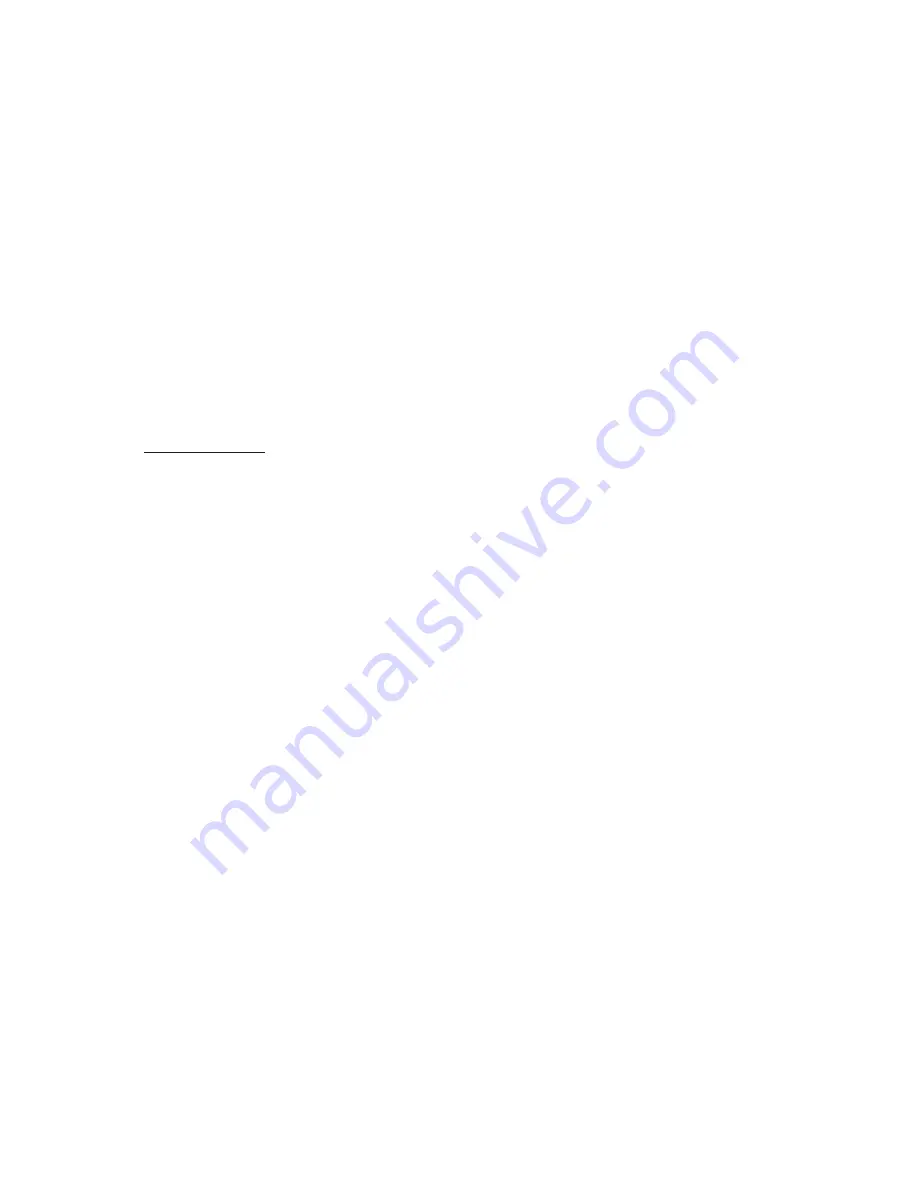
well. Vintage sequencers were typically designed so there were a certain
number of "steps". The term "step" refers to the individual components
of a pattern. For instance in a bar of music in 4/4 you have four quarter
notes. If the rhythmic activity is no more complicated than quarter notes,
this would correspond to four steps. In vintage analog sequencers, a
sequencer typically had eight or sixteen steps available to build a pattern.
In its simplest form, as a sequencer plays back its steps, each step can
be programmed to send a trigger signal, or step can be passed over like
a musical rest. The trigger signals can then be used to trigger envelope
generators according to the way each step is programmed - creating a
rhythmically reoccurring pattern.
ANIMATION
The MIDI MuRF’s Animation contains a simple 8-channel
sequencer, one channel for each filter, each capable of triggering an
Envelope Generator that shapes the volume of the filter. In a Pattern,
each channel can be up to 64 steps long, and each channel can have a
unique number of steps. The MIDI MuRF MIDI controller and Pattern
Editor Application allows the user to customize most of the Patterns
in the MIDI MuRF. For each step, on each channel of a pattern,
the corresponding filter’s envelope can be triggered, or paused. The
ENVELOPE control morphs through different envelope shapes as you
turn it, creating effects that are highly rhythmic in nature, or are swirling
and ethereal. The RATE control sets the speed of the pattern. The
patterns, selected by the PATTERN selector rotary switch in conjunction
with the FREQ slider switch, have been selected to provide a useful
variety of rhythmic timbral effects. There are a total of 24 patterns,
arranged in two banks of 12: one bank for the BASS voicing and one
for the MIDS voicing. Note that pattern 1 and 13 are fixed as having no
Animation and can not be modified by the user.
An easy way to understand the Animation is to look at a simple
pattern displayed on a grid Figure 10 shows a graphic representation
of pattern 2 in the MIDS setting. The columns going left to right are
the steps of the pattern. The rows going from bottom to top are the
page 11
Summary of Contents for MIDI MuRF MF-105M
Page 36: ......


























